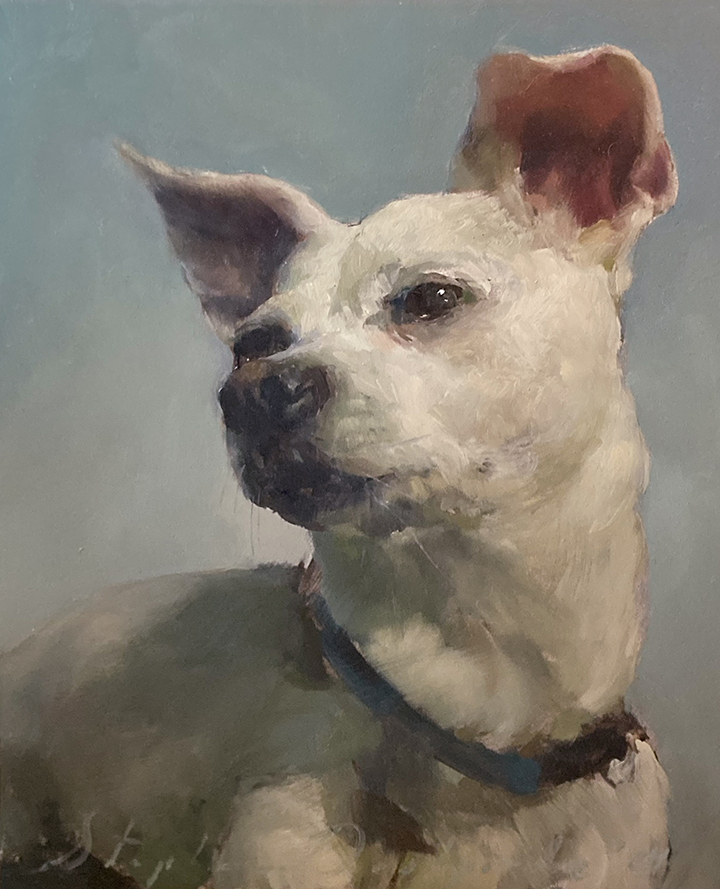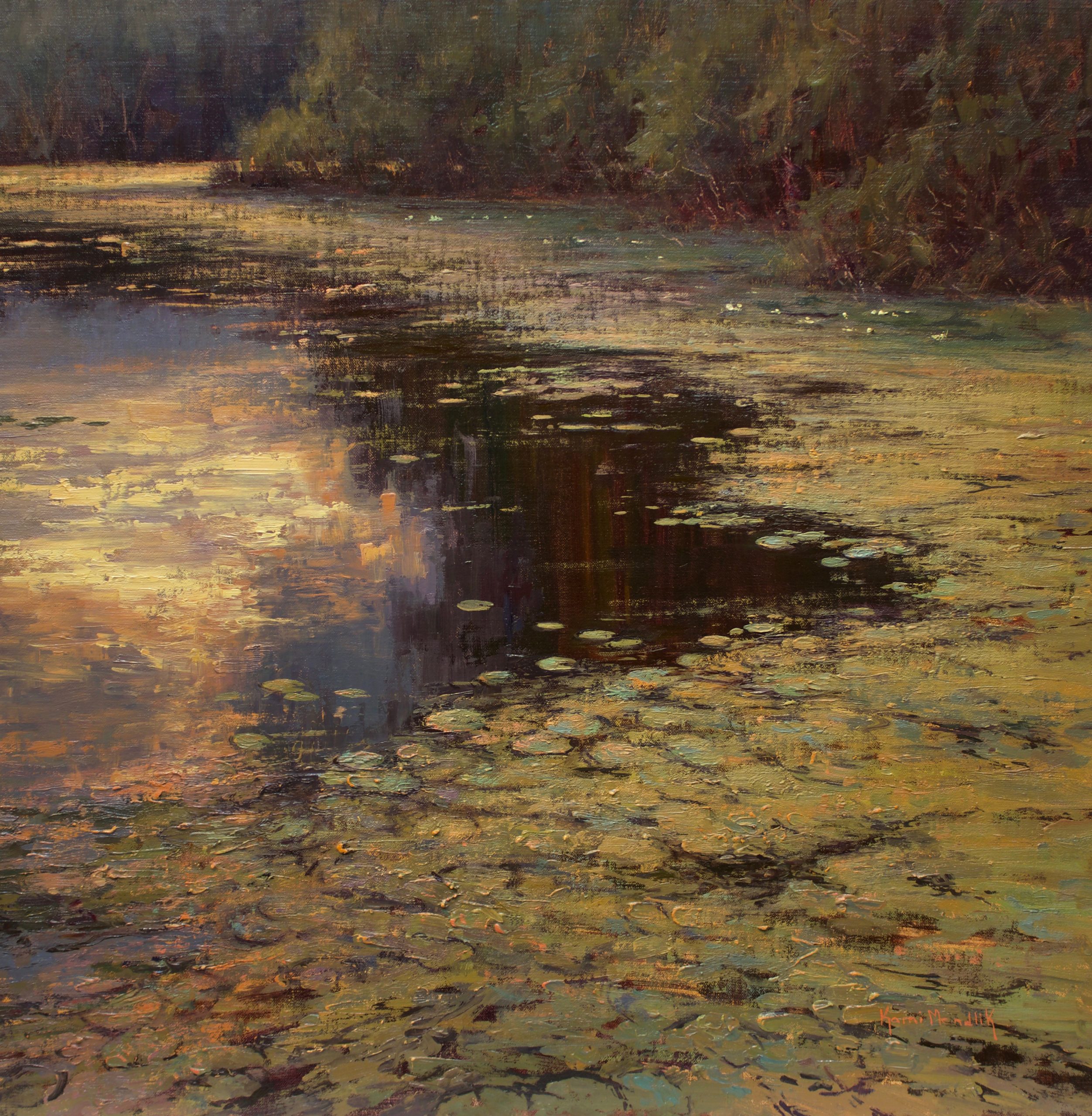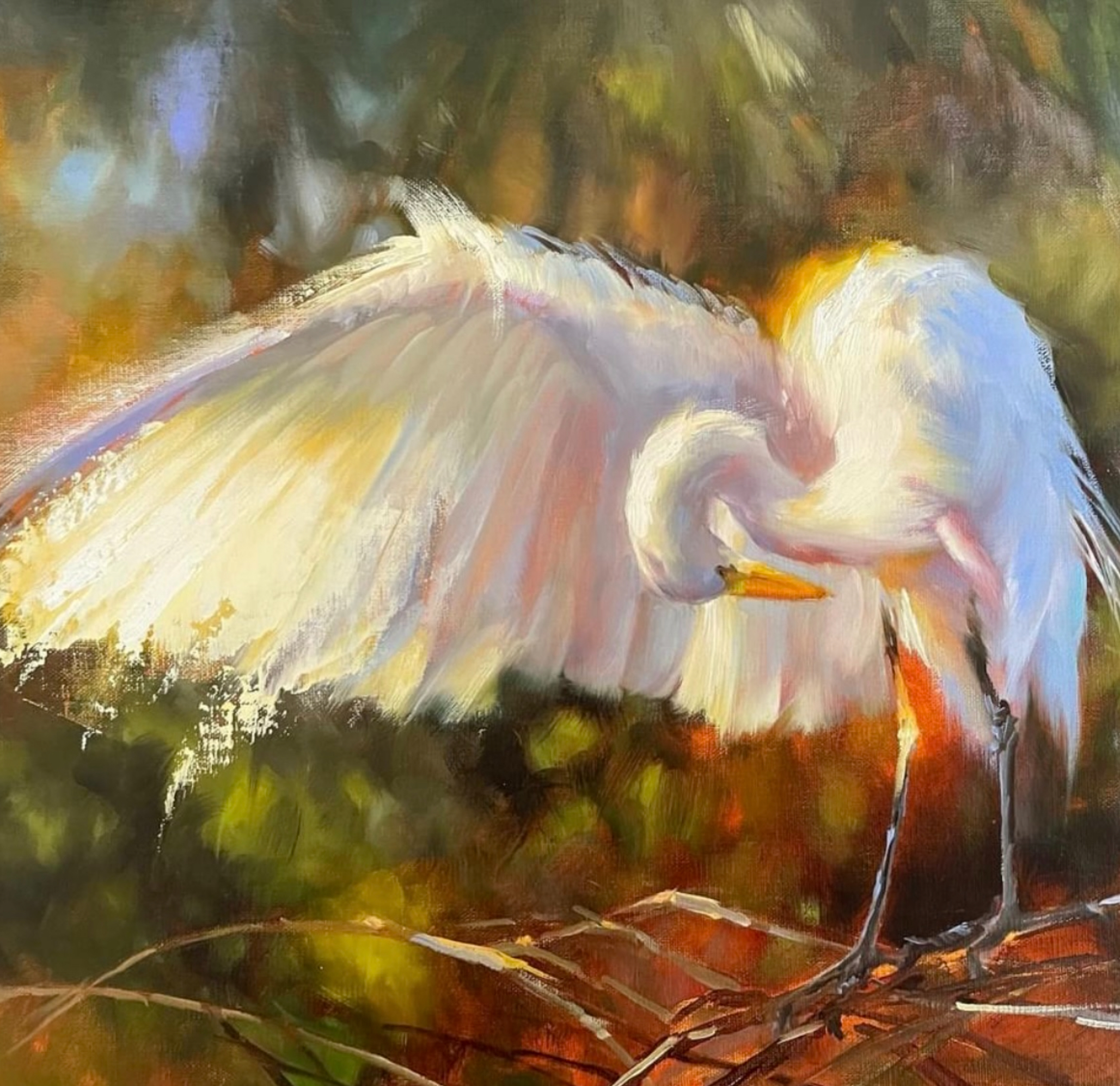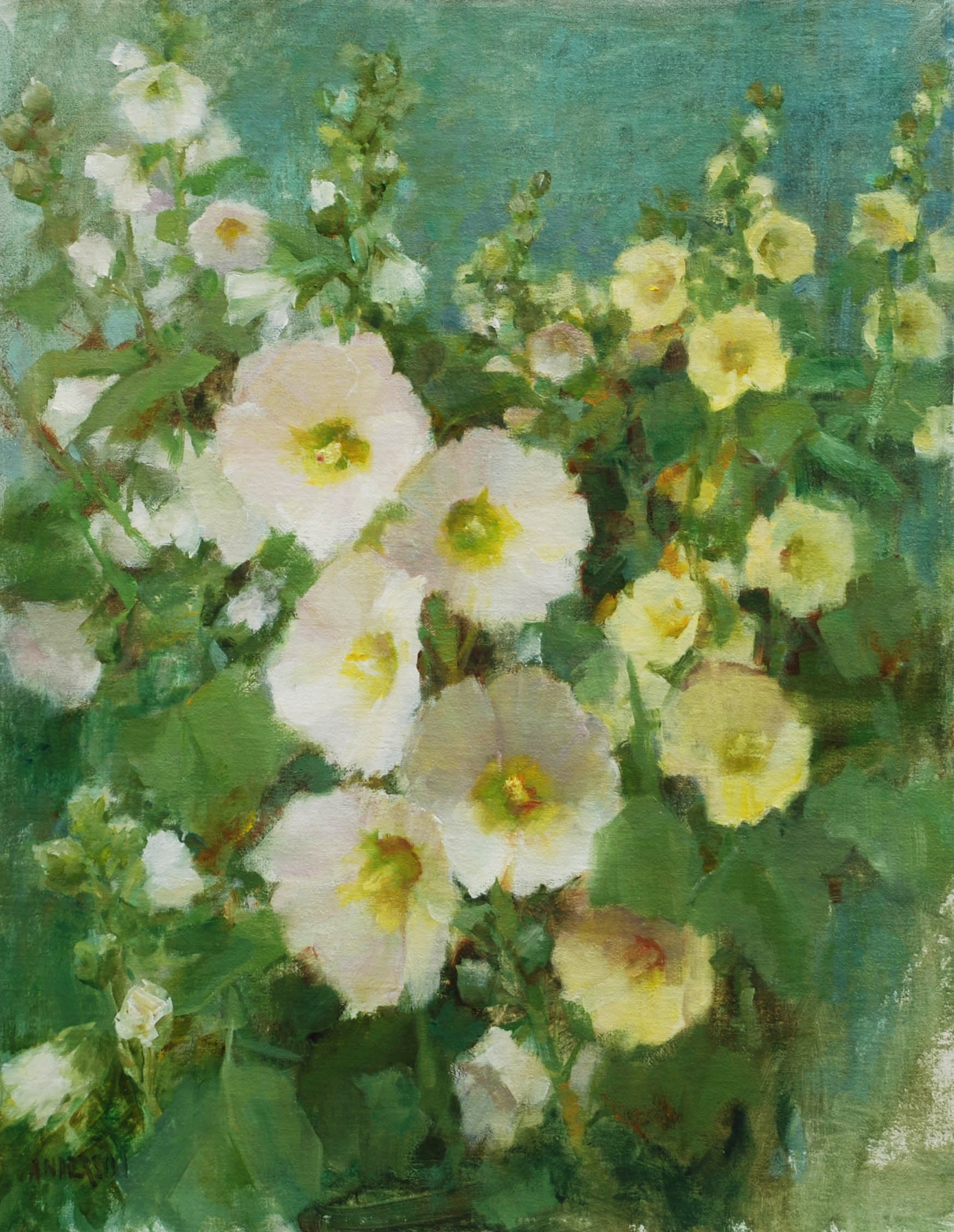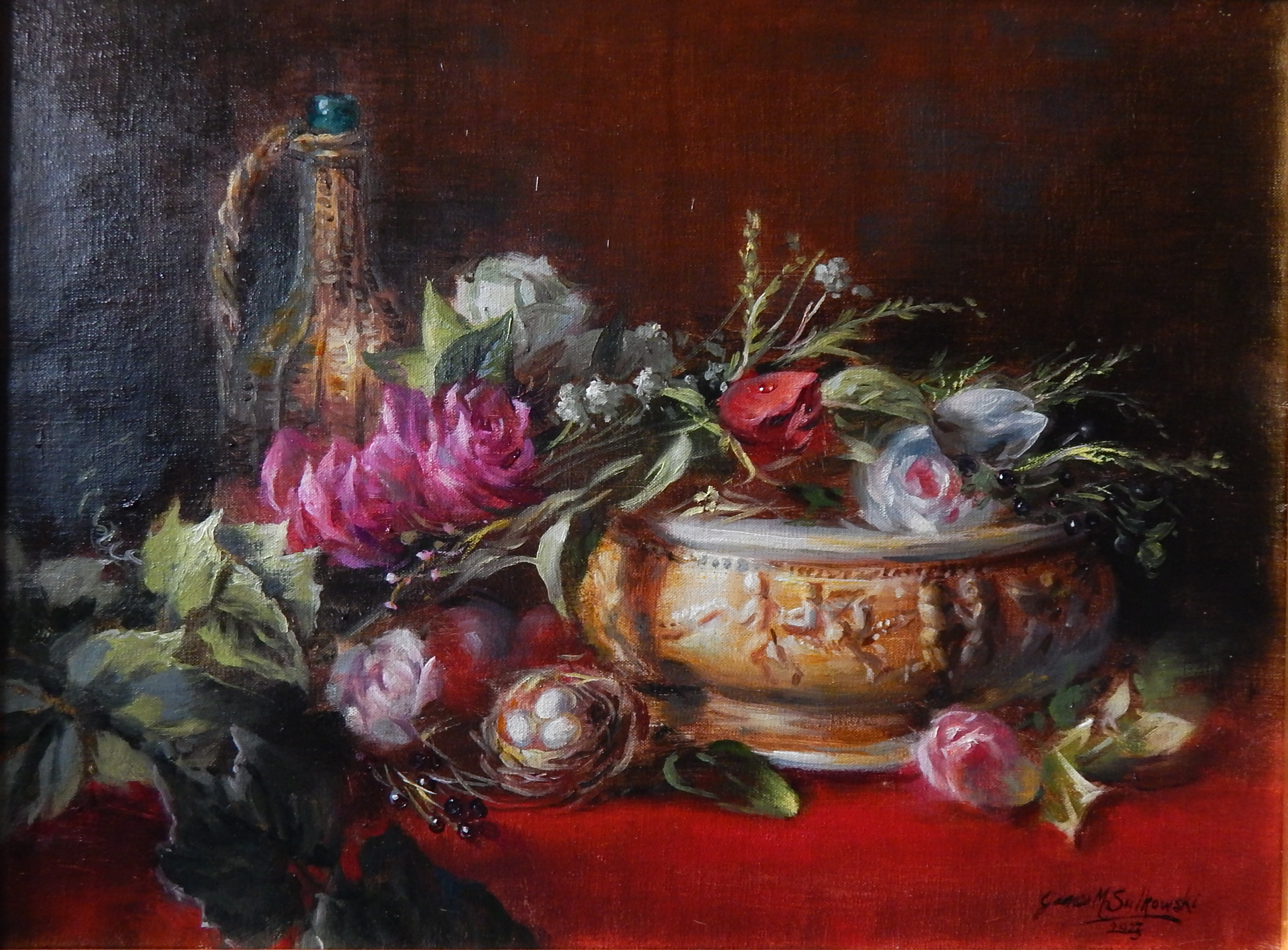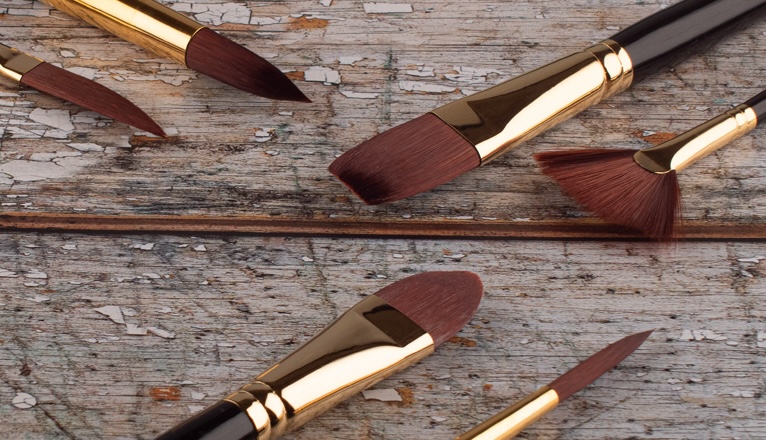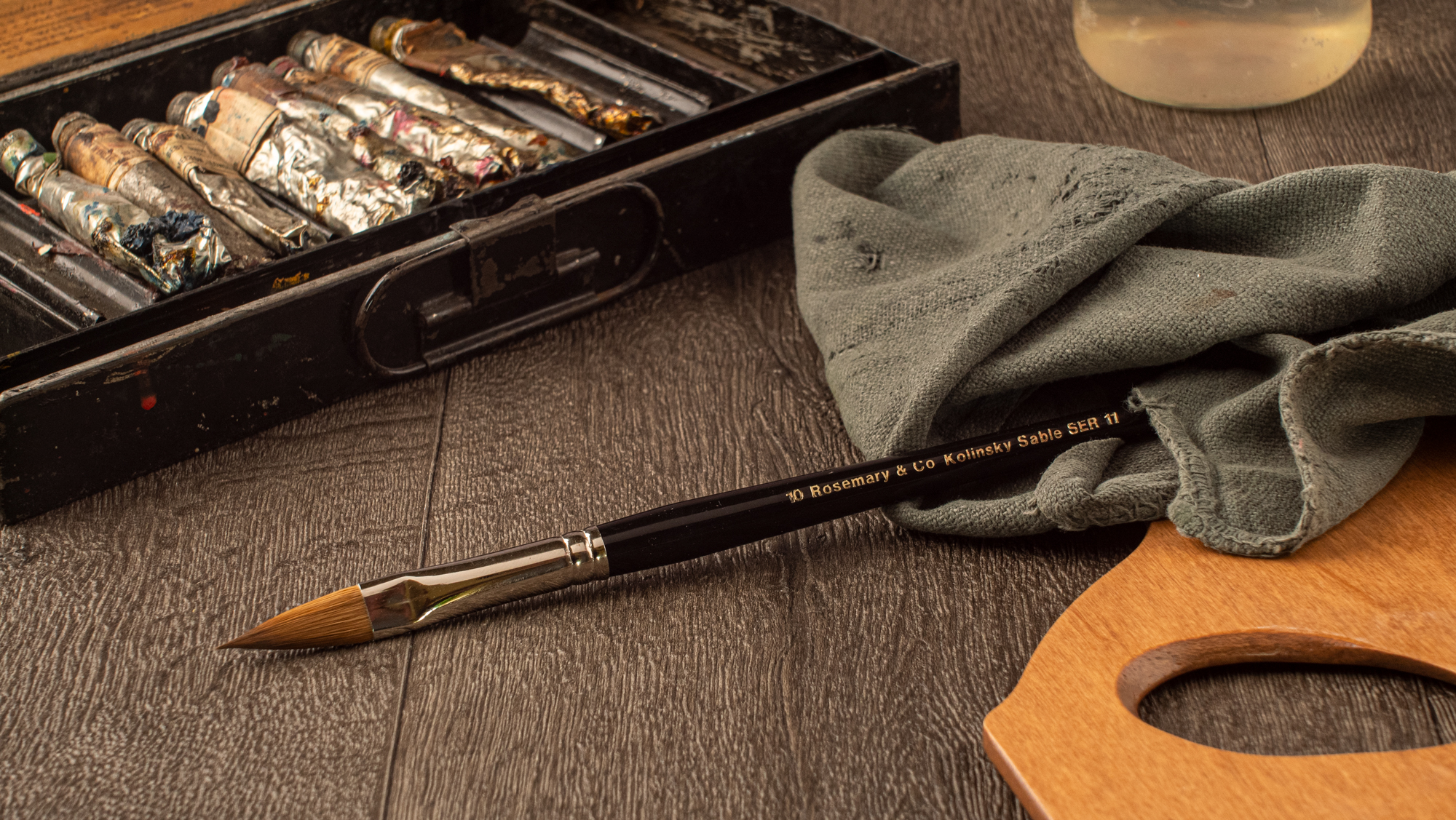
Brush Cleaning – A Brush Makers Top Tips
We often get asked what the best way to clean your brushes is. Truthfully, there are so many different ways and it really does depend on which medium you’re using, how often you use your brushes, whether you are in a rush or whether you have time to clean them thoroughly.
In short, there’s a million and one ways, so here are some tips as a basic rule, rest assured over time you’ll find your own neat way to do things. The main thing to remember is that cleaning your brushes is an important investment both of your time and your money. The more you look after your tools, the better they will serve you. If you type in ‘brush cleaning’ on the internet, you will find hundreds of forums all explaining different ways to clean your brushes. Ask teachers and art friends. In short, find a way that suits you and stick to it!
Watercolour Brushes
Cleaning watercolour brushes is easy! Grab your brushes and head to the sink. You can hold them under the tap and let the pigment wash off them with the flow of the water. Get yourself a bar of soap and use the palm of your hand to gently wipe the brushes back and forth to ensure they are clean throughout. Squeeze the water out of the brush and reshape them. Store upright and condition them from time to time. Easy peasy.
Acrylic Brushes
You must ensure to clean your acrylic brushes in-between each use; not doing so will allow the acrylic paint to harden the bristles or fibres and bond them together.
We recommend synthetic brushes over natural hair brushes as a general rule since they withstand the abuse of acrylic paint and they clean more easily. You must not let the acrylic paint dry on your brush as this is really difficult to get out. Grab a rag or kitchen towel and wipe away any excess paint from your brush to begin with; this will make the washing process faster and easier. Thoroughly rinse the brush with water and wipe the brush in your palm to get the paint out. You can use soap to speed this process and condition your brushes.
Oil Brushes
Start with wiping your brushes on a rag or paper towel. You should then wash them thoroughly with a good soap (for example, olive oil soap). To clean them thoroughly you can use a dish soap (in England we call it fairy liquid), or overseas you may have Murphys Oil Soap or Dawn.
We do not endorse the use of mineral spirits or solvents. Though they are quicker for the process; they are a known brush killer. Oil cleans oil, so providing it’s not a non-drying oil, you should be fine. Safflower, rapeseed & linseed oils should work too.
A good tip is not to load the brush right down to the ferrule (hence why many oil painters choose the long flats, long filberts and egberts for the longer length of hair). You must make sure you clean the whole brush; not doing so will cause paint to collect at the base and in doing so will cause it to splay outwards. Be sure to reshape the brush once you’ve cleaned it through and a great tip by Richard Schmid is to fold card over your flats and filberts and clip a peg on them to hold them in shape.
Truthfully there’s a million and one ways.
Conclusion
No matter what works for you, ensure that you reshape your brushes to the way they first looked when you bought them before you let them dry. If you have round brushes with caps on them, we recommend throwing those away. The protective cap we use is for transport purposes only and unless you have brilliant eyesight and a steady hand, you’ll bend back the hairs each and every time you try to get the cap back on.
Always leave your brushes somewhere they can dry completely (do not store them in an air-tight container before they are dry). Invest in a wrap or brush case to carry your brushes.
We sell Brush Holders for a few pounds to store your brushes upright in your studio. They are easy to assemble and inexpensive. Alternatively, we sell beautiful bamboo brush rolls for carrying your brushes. Both of these allow your brushes to dry naturally and ensure no mould. The colour of the hairs or fibres will change over time – this is normal and does not affect the performance of the brush. For any synthetic brushes losing their shape you can hold them in boiling water for 30 seconds, this should help pull them back into shape.
Natural hair brushes can enjoy a treat of conditioner from time to time, soak them and leave them for 30 minutes – when you come back to them and rinse them out they should feel nice and soft again. Make sure the conditioner is fully washed out before using your brushes.
The best advice one can give is to ask! Ask your teacher and your art friends. If you find a way that works for you then stick with it. Just remember, your brushes are an investment and worth taking care of.


